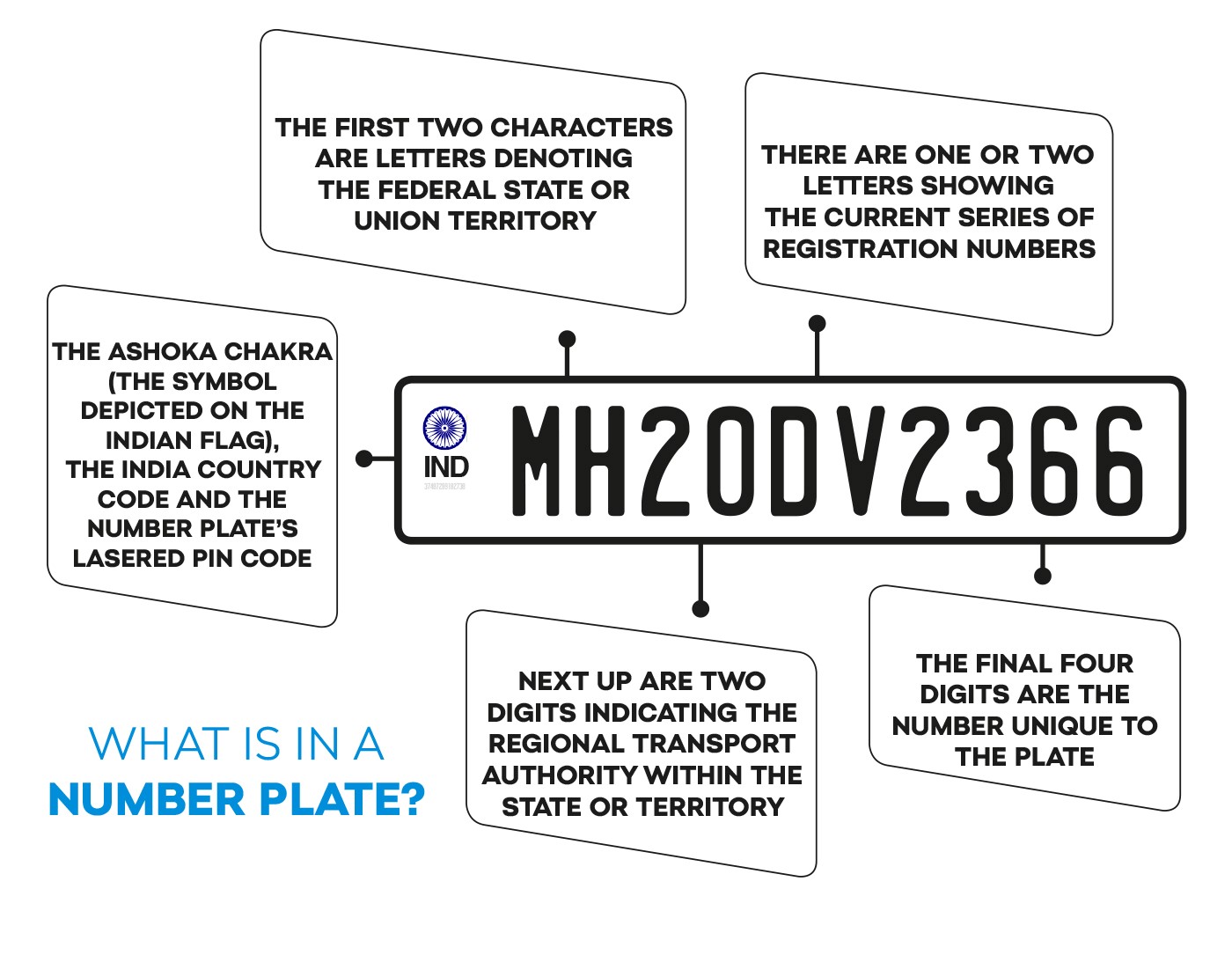How would you sum up ŠKODA’s historical presence on the Indian market?
ŠKODA’s arrival on the Indian market in 2001 as the second European entrant at that time changed the dynamics of the Indian automotive industry forever. The OCTAVIA, with its premium quality, solid build, superlative technology, and unparalleled performance, paved the way for consistent growth of the Czech marque. ŠKODA’s long-standing history and heritage triggered an emotive nerve among the Indian audience, and ŠKODA soon earned a premium, aspirational position among car buyers. Obsession with quality and the abundance of safety features on offer meant the brand was frequently labelled “built like a tank” by the media and the masses alike. The first turbo-petrol engine and the very first twin-clutch automatic set the benchmark for a “fun-to-drive” experience. The torsional rigidity, product refinement, innovative Simply Clever features, and generous proportions and dimensions of the SUPERB (launched on the Indian market in 2001), LAURA (2006), FABIA (2008), YETI (2010), and RAPID (2011) set them apart from their Japanese and Korean rivals. ŠKODA AUTO India, over the last eighteen years, has witnessed unwavering growth on the Indian market – both in terms of sale figures and brand perception.
What is ŠKODA’s current status on the Indian market?
ŠKODA offers four models – the SUPERB, OCTAVIA, RAPID, and KODIAQ – in India. The robust model line-up perfectly suits the diverse yet specific needs of Indian customers. Each of these models conveys innumerable customer-centric features, making them leaders in the segments in which they operate.
ŠKODA has been entrusted to lead the Volkswagen Group’s INDIA 2.0 project. In this regard, we foresee some challenging yet exciting times ahead of us as we seek to strengthen the position of the Volkswagen Group in the fastest growing economy in the world – India, an automotive market likely to emerge as the third largest in the world by 2020-21.




































